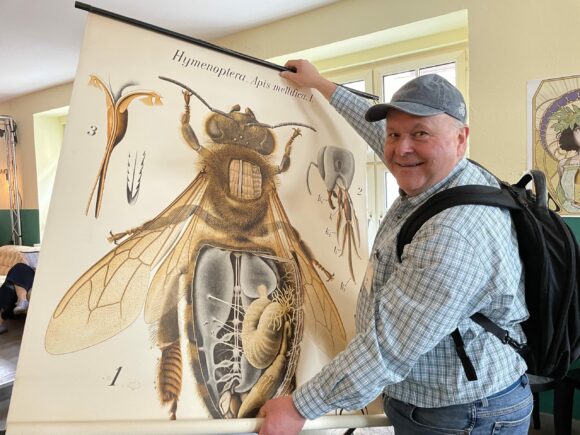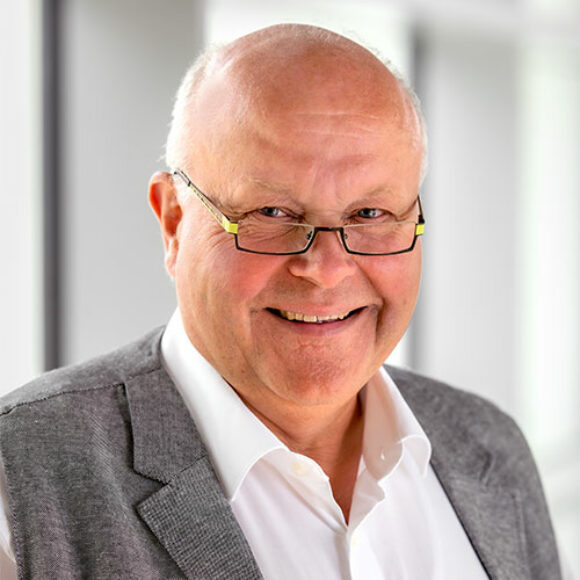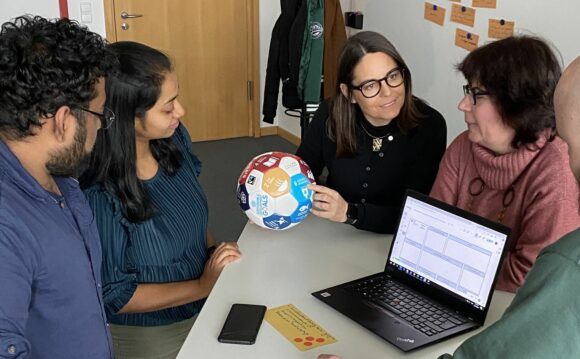The ice battery test stand of the Institute for Water and Energy Management (iwe) has now been presented in the Münchberg energy laboratory. With this experiment, those responsible are pursuing the questions of how cooling systems can be operated using solar energy and how solar energy can be increased to such an extent for various applications that cooling systems can be operated autonomously, without the additional use of energy
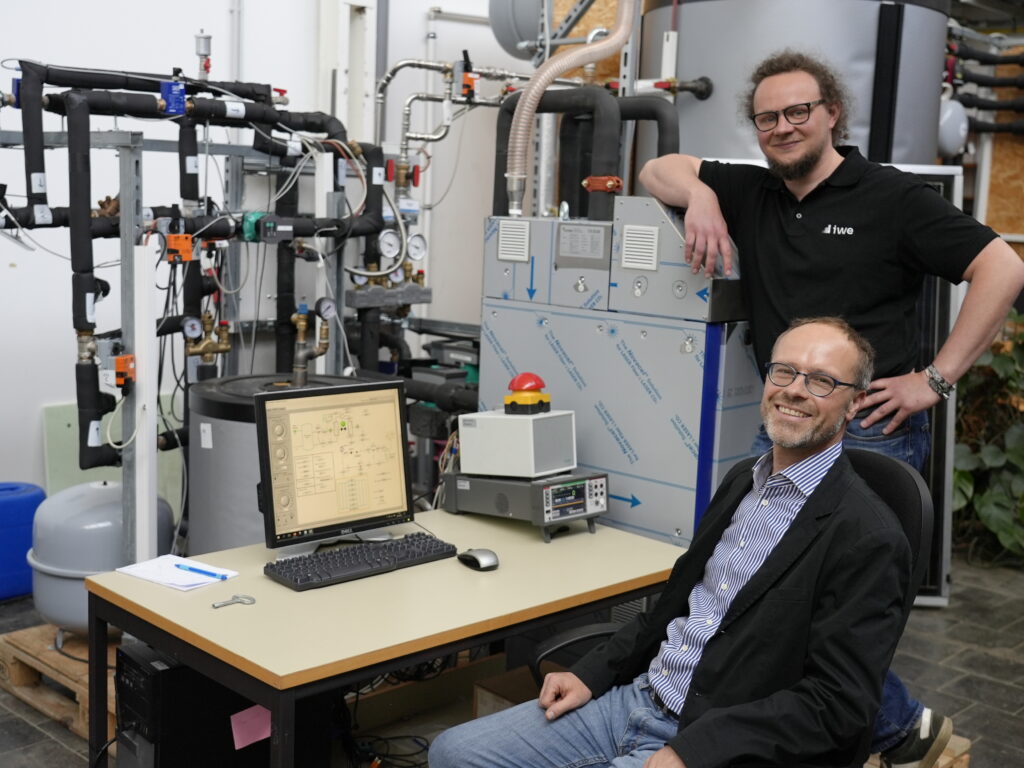
The researchers see themselves as pioneers in the implementation of climate-neutral refrigeration and air conditioning technology. In an interview with Prof. Dr.-Ing. Thomas Schlosser, Professor of Refrigeration at Hof University of Applied Sciences, Campuls.digital has the project explained in more detail.
Professor Schlosser, how exactly did the idea for ice storage come about?
The idea came from our colleague Prof. Dr.-Ing. Tobias Plessing. The starting point was investigations into ice formation on various heat exchanger designs in ice storage.
What are the specific advantages of ice storage and what is its potential – especially in view of the current climate debate?
Ice storage systems can be used to temporarily store the surplus solar energy from a photovoltaic system that is generated during the day when the sun is shining. This makes it possible to use solar energy for cooling at night or on rainy days when no solar energy can be generated. It is also conceivable to use excess electricity from wind turbines or other renewable, volatile sources.
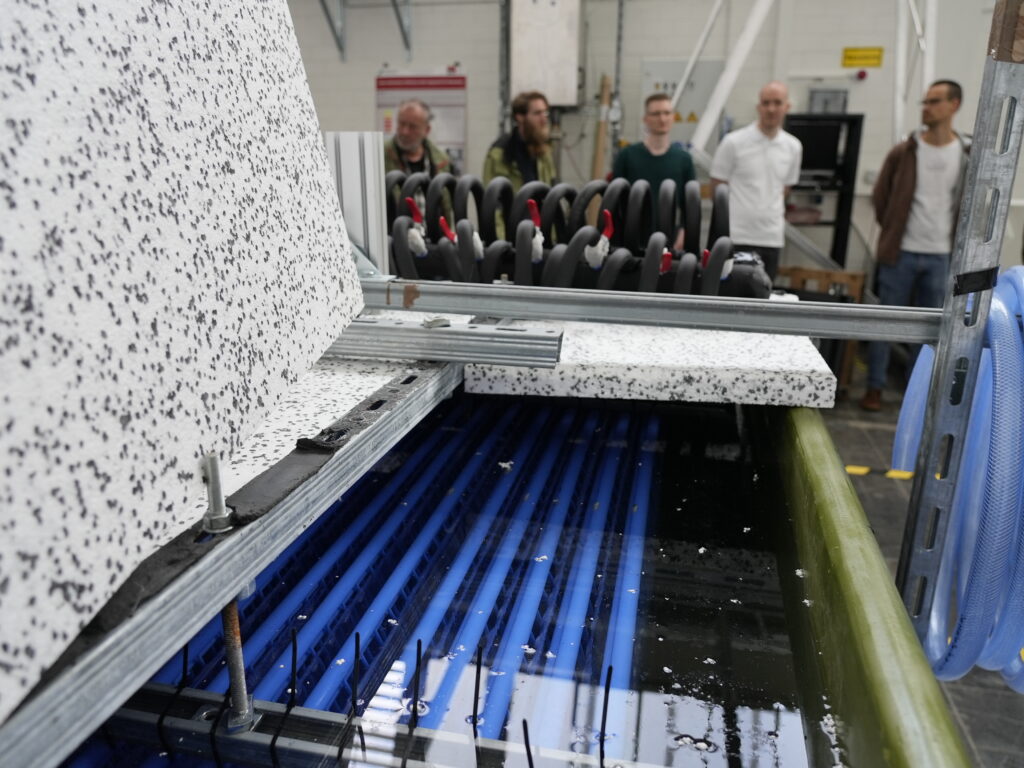
The advantage of the ice storage tank is the defined temperature level and the simple design. In addition, the ice storage does not pose any other environmental hazards, since only water/ice is used. By using the ice storage in refrigeration and air conditioning systems, the use of “fossil” generated electricity can be reduced or completely avoided. Thus, the operation can be considered CO2 neutral.
Ice storage is not a new invention, of course. But what data is now being collected with the new test stand, what do you expect from it and when do you expect the first results?
The integration into solar cooling is new. We want to use the test stand to investigate different sizes of storage units and photovoltaic systems so that functioning systems can be created here. This will make the systems scalable for different applications and different power classes. We expect initial results in three to four years.
What could be the advantage for industry and what fields of application do you expect?
The approach is interesting for companies that have a continuous cooling requirement. This could be, for example, companies in plastics manufacturing that have to cool processes in multi-shift operation (i.e. also at night). But other applications are also conceivable. It is certainly also interesting for companies that have heating and cooling requirements, but at different times.
Two other partners are involved in the project. How can you imagine the cooperation here?
The Hans Viessmann Technology Foundation has supported the project with funds (research funding).
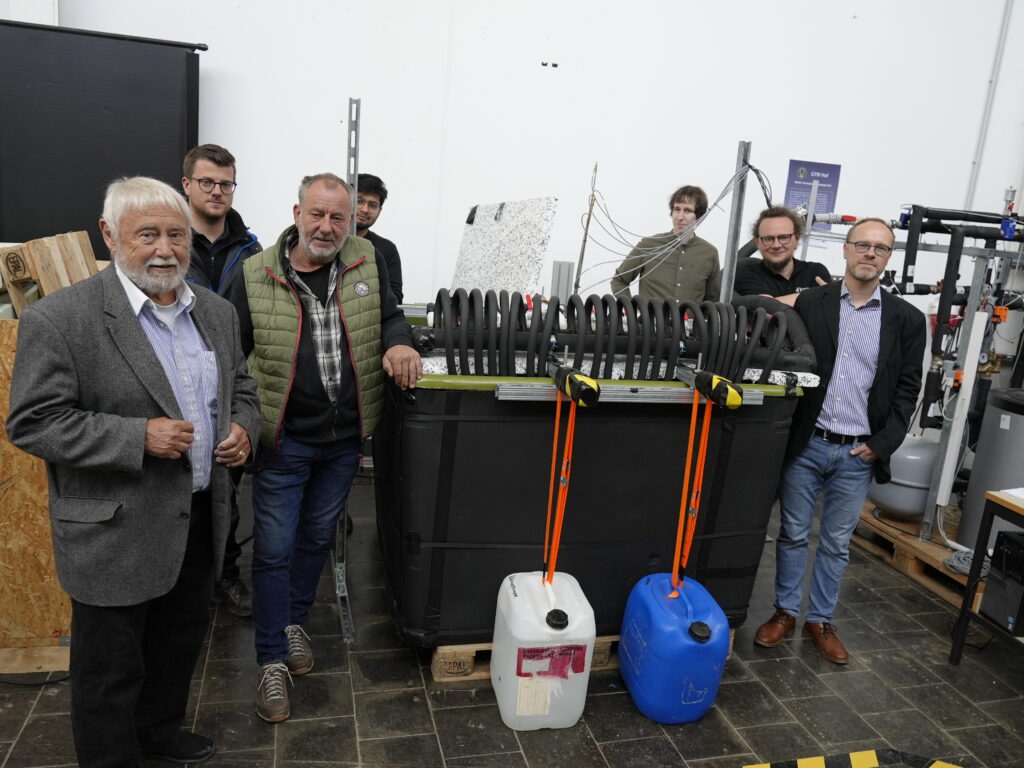
Genes Kältetechnik was involved in the construction of the test stand and contributed its many years of experience in the construction of refrigeration plants. Experiences in the field of refrigeration technology are exchanged via the refrigeration network.
How long will the test series run?
So far, the test series has only been running for functional testing and initial performance testing. Currently, no defined test series are running. Following preparatory simulation calculations, which are currently underway, test series are scheduled to begin in the fall of this year.
Thank you Professor Dr.-Ing. Schlosser and continued success with your project.




